
In an age defined by information overload, it’s increasingly difficult to discern fact from fiction. Our collective understanding of the world is often a tapestry woven with threads of truth and surprisingly persistent myths, perpetuated by everything from tradition and anecdote to popular culture. These false beliefs, or misconceptions, have a remarkable way of embedding themselves into our minds, shaping our perceptions and decisions without us even realizing it. Many of us have grown up accepting certain “facts” that, upon closer inspection, turn out to be nothing more than tall tales or shoddy information, sometimes even outright falsities.
Misconceptions aren’t just trivial inaccuracies; they profoundly affect how we perceive reality, influencing our understanding of everything from personal health to the fundamental workings of the universe. They frequently arise from outdated information, deeply ingrained cultural beliefs, or straightforward misinterpretations of complex phenomena. From conventional wisdom and old wives’ tales to stereotypes and misunderstandings of science, these widespread notions often lead us down incorrect paths, obscuring the nuanced truths that underpin our world.
This article embarks on a journey to unravel some of the most pervasive misconceptions that subtly, yet significantly, color our daily lives. Drawing on scientific research and expert explanations, we will systematically debunk 14 commonly held beliefs, correcting the record once and for all. By exploring the “why” and “how” behind these widespread misunderstandings, we aim to provide a clearer, more accurate perspective, equipping you with the knowledge to navigate an information-rich world with greater critical insight. Prepare to be enlightened as we dive into these fascinating inaccuracies and expose the real facts behind the folklore.
Let’s begin our exploration by tackling some of the most common misconceptions that touch upon our health, our bodies, and the everyday phenomena we often take for granted. By analyzing the data and expert opinions, we reveal why what you thought was true might, in fact, be entirely mistaken.

1. **Toilet Seats Are Full of Germs**It’s a deeply ingrained notion, almost universally accepted: toilet seats are breeding grounds for germs, making the bathroom an inherently unsanitary place. This fear often leads to elaborate rituals of wiping down surfaces or hovering precariously when using public restrooms, driven by the intuitive assumption that anything associated with human waste must be teeming with harmful microbes. The mental image alone is enough to trigger a sense of unease, reinforcing the belief in their extreme contamination.
However, a surprising study conducted by the University of Arizona challenges this conventional wisdom directly. Their research found that toilet seats are, in fact, relatively clean, often thanks to frequent disinfection and washing. This regular cleaning regimen means that many toilet seats harbor far fewer germs than other everyday objects we interact with constantly and without a second thought.
The study’s findings are quite remarkable: toilet seats were found to have as much as “10 times fewer germs than cell phones.” This comparison immediately shifts our perspective, highlighting that our perception of germ hotbeds can be significantly skewed. While maintaining proper hygiene in bathrooms remains important, the pervasive fear surrounding toilet seats specifically seems largely unwarranted when compared to the microbial populations thriving on our personal electronic devices, which rarely receive the same diligent cleaning.
Read more about: The Unseen Fissures: Unpacking the Hidden Dramas and Unexpected Controversies Behind Celebrity Family Feud’s Enduring Appeal

2. **Alcohol Warms You Up**The burning sensation of a sip of whiskey on a cold day is often perceived as a sign of internal warming, a comforting embrace against the chill. This widely accepted belief has long been a staple of cold-weather folklore and cinematic depictions, suggesting that a shot of alcohol is a viable strategy to fend off hypothermia or simply to feel warmer. It’s an intuitive connection: if it *feels* warm going down, it must *be* warming you up.
However, this sensation is a physiological illusion, entirely contrary to alcohol’s actual effect on your core body temperature. What alcohol primarily does is dilate your blood vessels, particularly those close to the skin’s surface. This vasodilation increases blood flow to the extremities and the skin, creating the sensation of warmth as more warm blood rushes to these areas. This increased surface temperature is what gives the impression of being warmer.
The critical nuance, however, is that while your skin might feel warmer, this process simultaneously causes your core body heat to drop. By bringing more blood to the surface, your body loses heat more rapidly to the colder external environment. Thus, instead of warming you up, alcohol actually leads to a decrease in your internal temperature, making it a dangerous misconception to rely on in genuinely cold conditions. The advice is clear: “So if you’re cold, reach for a blanket, not a flask.”
Read more about: Unmasking the Saboteurs of Your Sleep: 15 Critical Routine Flaws Derailing Your Recovery Journey

3. **You Lose Most of Your Body Heat Through Your Head**It’s a piece of advice almost everyone has heard, especially when bundling up for winter: wear a hat, because a significant, even overwhelming, portion of your body heat—often cited as “90 percent (or about that)”—escapes through your head. This conventional wisdom implies that the head is a uniquely potent radiator of thermal energy, making head coverings the single most critical item for staying warm. It’s a vivid image, suggesting that all our carefully insulated layers elsewhere are futile if our heads are exposed.
Yet, scientific investigation reveals this widely circulated statistic to be a considerable exaggeration. According to the British Medical Journal, the actual amount of heat lost through the head is far more modest. Their findings indicate that that “you just lose about 7 to 10 percent of your body heat there.”
In essence, the head is no more thermally significant than any other part of the body when exposed to cold. You would lose a comparable percentage of heat through your hands, shoulders, or ankles if they were similarly uncovered. The misconception likely stems from early, flawed studies or a misinterpretation of general heat loss principles. The takeaway is that while wearing a hat is certainly helpful for overall warmth, it’s just one piece of the insulation puzzle, not a magical heat-retention device responsible for the vast majority of your body’s thermal regulation.
Read more about: Unlock the Road Trip of Your Dreams: 15 Genius Car Organization Hacks to Conquer Clutter and Maximize Space
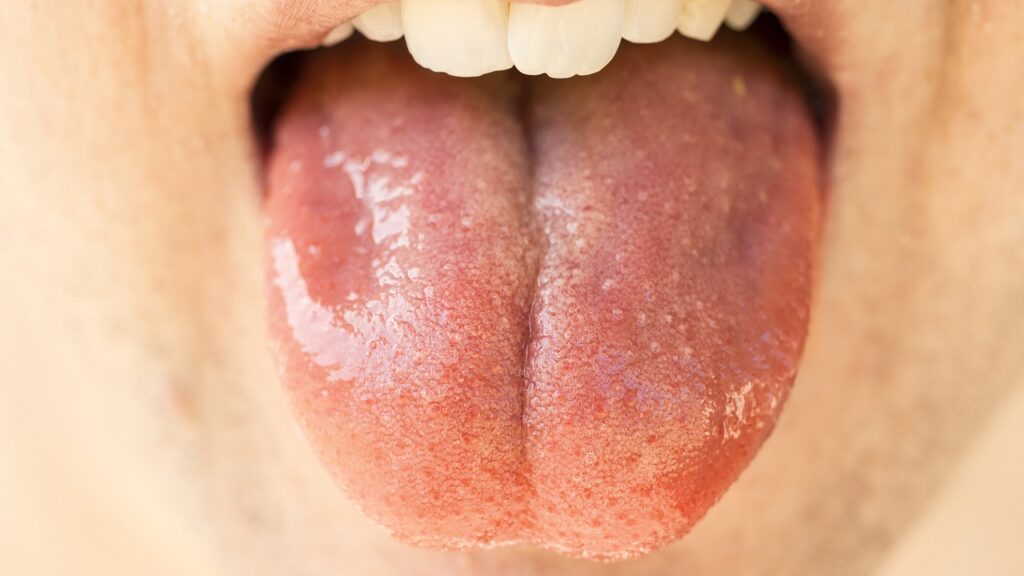
4. **Specific Tastes Correspond to Different Parts of the Tongue**The “tongue map” is a diagram many of us encountered in school, delineating specific regions of the tongue — a “sweet” tip, “sour” sides, a “bitter” back, and “salty” somewhere in between. This visual representation has become an entrenched “fact” in popular understanding, suggesting that our ability to perceive different tastes is geographically segregated across the tongue’s surface. The implication is that only certain areas are equipped to detect particular chemical stimuli.
However, this concept is a classic example of a misconception that has been thoroughly disproven by modern sensory science. The reality is that all taste buds, regardless of their location on the tongue, possess receptors for all five basic tastes: sweet, sour, salty, bitter, and umami. While certain areas might be *slightly* more sensitive to one taste over another, this difference is negligible and does not amount to exclusive regions.
The context directly challenges this by suggesting, “Nope—try putting something salty on the ‘sweet’ part of your tongue and see if things are really laid out so geographically.” This simple thought experiment immediately highlights the flaw in the tongue map theory. Our perception of taste is a complex interplay involving all taste buds, working in conjunction with our sense of smell and other sensory inputs to create the rich tapestry of flavors we experience. The tongue map, therefore, is a simplified and ultimately inaccurate depiction of a sophisticated biological process.
Read more about: The Enduring Echo: Unpacking the Rich Tapestry of the Name Jonathan, from Ancient Lore to Modern Luminaries Like Jonathan Taylor Thomas

5. **Cracking Knuckles Leads to Arthritis**For generations, parents and concerned onlookers have warned against the habit of cracking knuckles, often citing the dire consequence of developing arthritis later in life. This popular belief posits a direct causal link between the seemingly innocuous act of manipulating one’s finger joints to produce a cracking sound and the painful inflammation and degeneration associated with arthritic conditions. The sound itself, a sudden pop, might even contribute to the perception of damage being done.
While the habit can indeed be “extremely annoying and distracting to those around you,” scientific consensus, including insights from Harvard Medical School’s blog, firmly debunks the notion that “this displacement of ‘synovial fluid’ from in between your joints does not lead to arthritis as is often claimed.” Numerous studies have investigated this potential link, consistently finding no direct correlation between habitual knuckle cracking and an increased risk of arthritis. The popping sound is generally attributed to the collapse of gas bubbles within the synovial fluid that lubricates the joints.
It is important to note, however, that while arthritis isn’t a direct consequence, persistent knuckle cracking isn’t entirely without potential minor issues. Harvard Medical School’s blog does point out that “Chronic knuckle-crackers were more likely to have swollen hands and reduced grip strength. And there are at least two published reports of injuries suffered while people were trying to crack their knuckles.” So, while you can put your arthritis fears aside regarding this habit, moderation is still wise, perhaps to preserve grip strength and avoid accidental injury rather than preventing a joint disease.

6. **The Earth Orbits Around the Sun**This assertion might, at first glance, seem like a trick question or the musings of a contrarian. After all, the heliocentric model, where Earth and other planets orbit the Sun, has been a cornerstone of astronomy for centuries, replacing the geocentric view. It’s what we’re taught from a young age and forms the basis of our understanding of the solar system’s mechanics. The Sun, being immensely more massive, naturally appears to be the gravitational center around which everything revolves.
However, when examined with a more precise astronomical lens, the simple statement “the Earth does not orbit around the Sun” contains a profound technical truth. Cathy Jordan, a Cornell University Ask an Astronomer contributor, clarifies this nuance: “Technically, what is going on is that the Earth, Sun and all the planets are orbiting around the center of mass of the solar system.” This “center of mass,” known as the barycenter, is the point around which all objects in a system orbit.
For our solar system, this barycenter is indeed “very close to the Sun itself, but not exactly at the Sun’s center.” Because the Sun contains the vast majority of the solar system’s mass, the barycenter usually resides within the Sun’s volume, but its exact position shifts slightly depending on the alignment and positions of the more massive planets, especially Jupiter. Therefore, while “Earth orbits the Sun” is perfectly acceptable for general understanding, a more scientifically accurate statement acknowledges the mutual orbit around a common center of mass. This isn’t flat-earth conspiracy; it’s a demonstration of gravitational physics in action at its most fundamental.
Read more about: 15 Cosmic Curiosities: Unearthing the Moon’s Most Fascinating Secrets
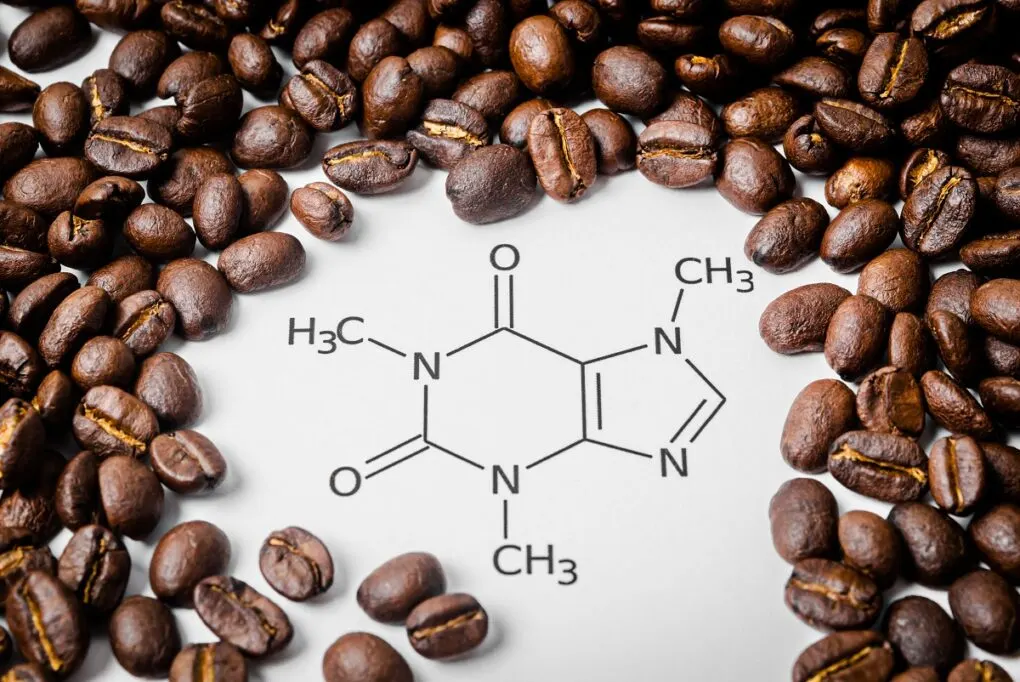
7. **Caffeine Dehydrates You**The idea that coffee and other caffeinated beverages lead to dehydration is a pervasive theory, often cited as a reason to limit their intake or to compensate with extra water. The logic stems from the understanding that caffeine acts as a diuretic, stimulating increased urine production and, by extension, causing the body to lose more fluid. This has led many to believe that consuming a cup of coffee effectively negates the hydration benefits of the water it contains, or even puts you in a net deficit.
While it is true that “caffeinated drinks do have a slight diuretic effect (making you have to hit the head),” the magnitude of this effect is often greatly exaggerated in popular belief. Research has consistently shown that for regular coffee drinkers, the body adapts to this mild diuretic action. The fluid intake from the beverage itself largely offsets any minimal fluid loss.
Crucially, researchers “have not found any increased risk of dehydration in coffee drinkers compared to non-drinkers.” This means that, for most healthy individuals, moderate coffee consumption does not lead to a state of clinical dehydration. While excessive caffeine intake might indeed have other effects, including making one feel jittery or impacting sleep, dehydration is not a significant concern. So, enjoy your morning brew without the guilt of thinking you’re actively drying out your body.
Having explored some of the most pervasive health and physiological myths, we now press onward in our quest to unravel more intriguing misconceptions that subtly, yet significantly, color our daily lives. This next segment delves into a new array of popular beliefs, spanning topics from the true origins of our morning brew to the fascinating, and often misunderstood, behaviors of the animal kingdom. We will continue our systematic debunking, drawing on scientific research and expert explanations to correct the record once and for all. Prepare to be enlightened as we shed light on seven additional widespread inaccuracies, equipping you with even more knowledge to navigate an information-rich world with greater critical insight.
Read more about: Surprising Truths: 15 Everyday Foods That Might Be Secretly Harming Your Kidneys – A Comprehensive Guide for Your Renal Health

8. **Coffee Comes From Beans**Many of us wake up to the aroma of freshly brewed coffee, a daily ritual that often starts with grinding what we universally call “coffee beans.” The term is so ingrained in our vocabulary that we barely question it; after all, we buy bags labeled “coffee beans,” and major coffee retailers even incorporate “bean” into their names. This pervasive terminology naturally leads to the assumption that coffee originates from a legume, much like other beans we consume.
However, this widely accepted nomenclature is, botanically speaking, incorrect. The coffee plant does not produce beans in the traditional sense. Instead, what we refer to as coffee “beans” are actually the pits or seeds found inside the fruit of the coffee tree. These fruits, often called coffee cherries, house two such seeds, or occasionally one larger seed known as a peaberry.
If we were to adhere to precise botanical classification, the accurate term for what we grind and brew would be “coffee seeds,” not “coffee beans.” This subtle distinction highlights how everyday language can sometimes diverge significantly from scientific reality, perpetuating a minor but widespread misconception about the very source of one of the world’s most popular beverages. It’s a reminder that even familiar items can hold surprising truths.
Read more about: Your Daily Sip: 14 Expert-Backed Drinks to Naturally Lower Blood Sugar and Boost Your Metabolic Health

9. **Coffee Stunts Your Growth**For generations, a common piece of advice passed down from adults to children, particularly in American culture, has been to avoid coffee because it supposedly “stunts your growth.” This warning often comes with the best of intentions, aimed at safeguarding children’s development, and has become a deeply embedded cultural belief. The image of a child’s height being curtailed by a morning cup of joe is a powerful one, often leading parents to strictly limit or forbid coffee consumption for younger individuals.
Despite its enduring presence in popular consciousness, this particular coffee misconception is entirely unfounded. Scientific research has yielded “zero scientific support” for the claim that coffee has any negative impact on a child’s physical growth. The notion likely gained traction from anecdotal observations or a general cautiousness about stimulant intake in children, rather than any empirical evidence.
While there are indeed valid reasons to regulate children’s consumption of certain coffee-based beverages, such as highly sweetened lattes or frappuccinos, these concerns typically revolve around “astronomical sugar content” or potential sleep disruption from caffeine, not inhibited growth. Therefore, while discretion is always wise when offering caffeinated drinks to young ones, the fear of stunting their height can be confidently put to rest, allowing parents to focus on more pertinent health considerations.
Read more about: How to Make More Money as a Creator than at Your Full-Time Job
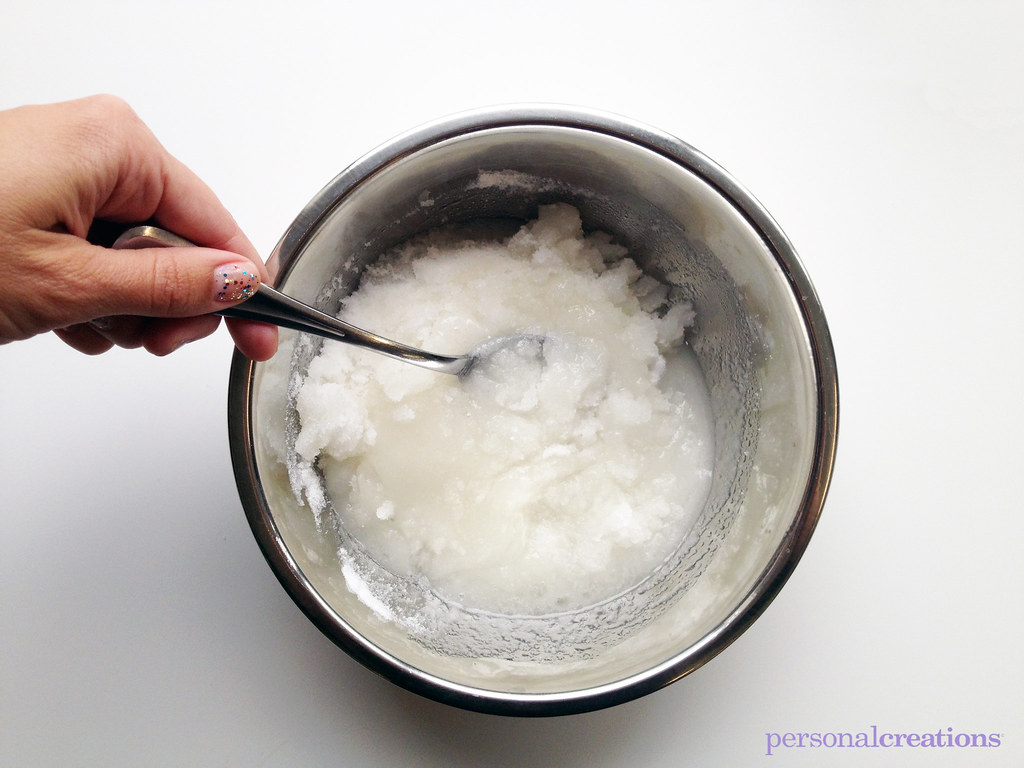
10. **Sugar Can Be as Addictive as Heroin**In recent years, the conversation around sugar consumption has intensified, often drawing alarming parallels between the craving for sweet treats and the compulsive behaviors associated with serious substance addiction. Some “brain imaging studies” have indeed shown that sugar can “activate similar parts of the brain as seriously addictive drugs, like heroin,” leading many to conclude that sugar is equally, if not more, addictive. This comparison fosters a narrative that positions sugar as a potent, insidious substance, capable of exerting a drug-like grip on individuals.
However, the interpretation of these brain imaging results requires significant nuance and a careful differentiation between brain activation patterns and the clinical definition of addiction. Hisham Ziaudden, an eating behavioral specialist, provides crucial insight, explaining that “In neuroimaging, there is no clear-cut sign of addiction.” The activation of reward pathways in the brain by pleasurable stimuli, including food, is a natural biological response and does not automatically equate to a diagnosable addiction.
True addiction, as defined clinically, involves a complex constellation of symptoms including tolerance, withdrawal, compulsive use despite harm, and a significant impairment in daily functioning. While individuals can certainly develop unhealthy relationships with food, characterized by intense cravings and overconsumption, attributing this solely to a heroin-like addictive quality of sugar simplifies a multifaceted issue. The brain’s response to sugar, while strong, does not meet the full criteria for substance dependence in the same manner as highly addictive illicit drugs.
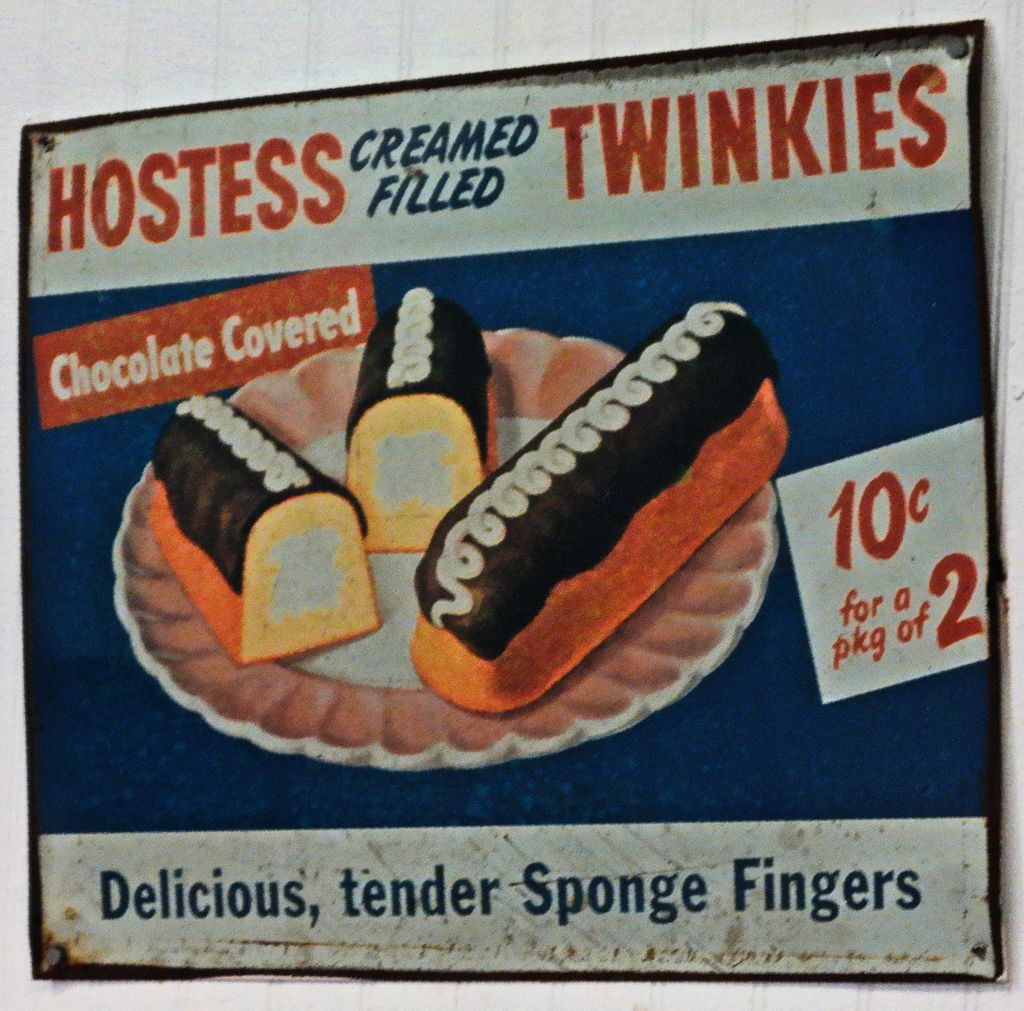
11. **Twinkies Last Forever**The Twinkie, an iconic cream-filled sponge cake, has long enjoyed a legendary status for its apparent indestructibility and seemingly eternal shelf life. This myth is so pervasive that it has become a cultural touchstone, often joked about in apocalyptic scenarios where the Twinkie is envisioned as the sole survivor in a wasteland of perished goods. The very idea that such a seemingly delicate snack could defy the laws of natural decomposition contributes to its mystique and reinforces the belief in its immortality.
However, the reality of the Twinkie’s longevity is far less dramatic than the myth suggests. Like “any food that includes moisture,” Twinkies are subject to natural processes of breakdown and decomposition, even within their sealed packaging. The perception of their endless shelf life often stems from their highly processed nature and the absence of certain perishable ingredients, but this does not grant them true immortality.
Business Insider clearly debunks this enduring myth, stating unequivocally that “Twinkies are less than optimal to eat after about 25 days on a shelf.” This relatively short shelf life, by food industry standards, puts them squarely in the realm of perishable goods, albeit ones designed for extended freshness compared to, say, a homemade cake. The illusion of forever-lasting Twinkies is a charming, yet ultimately untrue, piece of food folklore that finally needs to be laid to rest.
Read more about: Seriously, Where Did They Go? We’re Remembering 12 Classic Snacks That Vanished From Our Shelves

12. **Sharks Smell Blood from a Mile Away**The image of a shark detecting a single drop of blood from vast distances, even “a mile away” or across an entire ocean, is a powerful and terrifying trope deeply embedded in popular culture. This exaggerated perception of a shark’s olfactory prowess has been a staple of scary movies and cautionary tales, fueling anxieties about venturing into the ocean. The belief in their superhuman sense of smell contributes significantly to the predatory mystique surrounding these apex predators.
While it is true that sharks possess an incredibly acute sense of smell, far superior to that of humans, the popular claim of detecting blood from miles away is a considerable overstatement. The American Museum of Natural History clarifies this misconception by explaining, “While some sharks can detect blood at one part per million, that hardly qualifies as the entire ocean.” One part per million is indeed impressive sensitivity, but it’s not the same as detecting it across miles of open water.
The reality is that a shark’s ability to detect scents is highly dependent on factors such as water currents, the concentration of the scent, and the size of the area. They are expert hunters, using their olfaction to track prey effectively within their immediate environment, but the notion of a single drop of blood triggering an instantaneous, long-distance pursuit is a product of dramatic license rather than scientific fact. Understanding this helps demystify sharks and provides a more accurate view of their sensory capabilities.
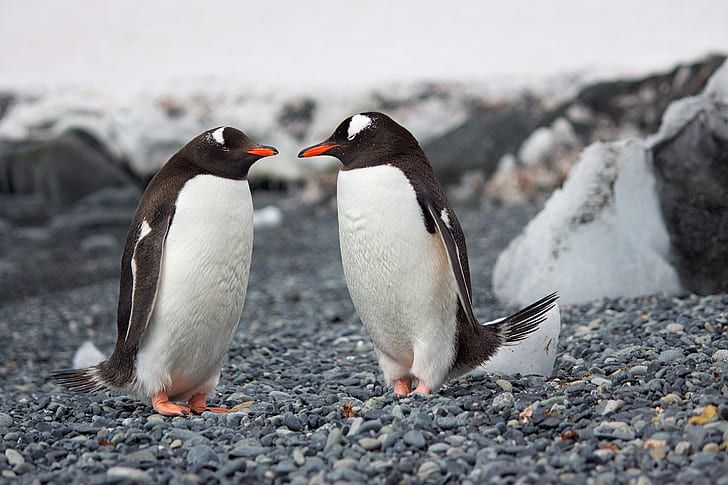
13. **Penguins Mate for Life**The narrative of penguins forming lifelong pair bonds is one of the most heartwarming tales from the animal kingdom, frequently celebrated as an example of unwavering loyalty and romantic devotion. This popular belief often depicts penguins as models of monogamy, staying with a single partner season after season, year after year. Humans are often encouraged to “learn from these creatures” about commitment, making the idea of lifelong penguin partnerships a cherished piece of wildlife lore.
While it is indeed true that penguins are “monogamous,” this term, in their context, does not universally translate to lifelong commitment. Many species of penguins, particularly those that nest in large colonies, exhibit seasonal monogamy, meaning they pair up for a single breeding season. After the chicks fledge or the season concludes, “many change partners from one season to the next,” seeking new mates for subsequent breeding attempts.
The complexity of penguin mating behavior, therefore, reveals a more nuanced picture than the popular myth suggests. While some individual pairs may reunite over several seasons, and certain species show higher fidelity rates than others, the broad generalization of “mating for life” across all penguins is largely inaccurate. This correction allows for a more realistic appreciation of their diverse social structures, which, while fascinating, do not always align with our idealized human notions of lifelong partnership.
Read more about: The ’00s Enigma: 15 Defining Cultural Phenomena That Shaped (And Were Shaped By) The Decade
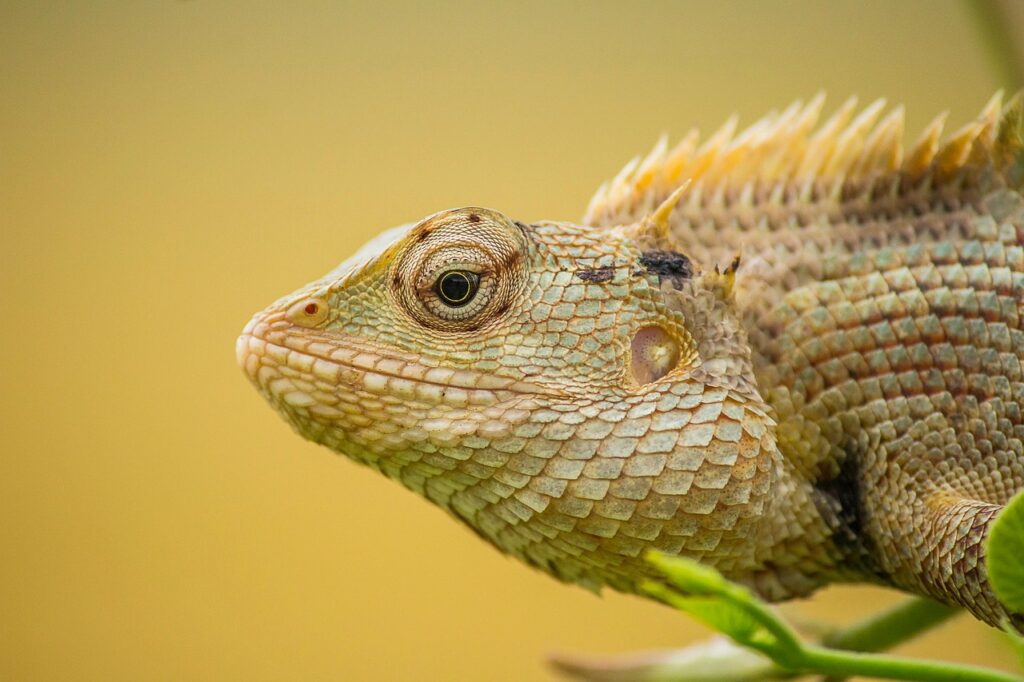
14. **Chameleons Change Their Color Depending on Their Surroundings**The chameleon’s remarkable ability to change color is one of nature’s most iconic and frequently misunderstood phenomena. The prevailing popular belief is that chameleons primarily alter their skin coloration for camouflage, instantly blending into their immediate environment. The vivid image of a chameleon turning red on a red surface or yellow on a yellow object is deeply ingrained, leading many to assume their color changes are solely a passive response to their surroundings.
However, scientific understanding reveals that while camouflage can be a secondary benefit, it is not the primary driver of a chameleon’s dramatic color shifts. As explained by the Naked Scientists, the creature’s “mood, temperature, and the light hitting it are what influences coloration.” These factors dictate physiological responses that cause specialized pigment cells (chromatophores) in their skin to expand or contract, altering their appearance.
For example, a “calm chameleon is a pale greeny color,” while one that “gets angry, it might go bright yellow.” When a chameleon “wants to mate, it basically turns on every possible color it can which shows that it’s in the mood.” These dynamic changes are complex signals for communication, thermoregulation, and emotional expression within their species, not just a simple trick for blending in. This sophisticated interplay of internal and external cues highlights a much richer biological purpose than mere environmental mimicry.
This nuanced explanation underscores the analytical approach of Vox-style journalism, moving beyond surface-level observations to explain the underlying mechanisms. It’s a reminder that many animal behaviors, though seemingly straightforward, often possess layers of complexity that challenge our initial, simplified interpretations.
Our journey through these 14 common misconceptions underscores a profound truth: the world is far more intricate and surprising than many popular beliefs suggest. From the microbial populations on toilet seats to the nuanced social lives of penguins and the true origins of our morning coffee, a critical and informed perspective is not just beneficial, but essential. These debunked myths, whether rooted in outdated science, cultural folklore, or simple misinterpretation, serve as powerful reminders of the importance of robust analysis and the continuous pursuit of accurate information.
In an age where facts are abundant yet often challenged, cultivating a discerning mind is paramount. By questioning pervasive assumptions and seeking out evidence-based explanations, we empower ourselves to navigate the complexities of reality with greater clarity and insight. Let this comprehensive exploration inspire a renewed curiosity and a commitment to understanding the “why” and “how” behind the world around us, fostering a more informed and enlightened perspective for all.



